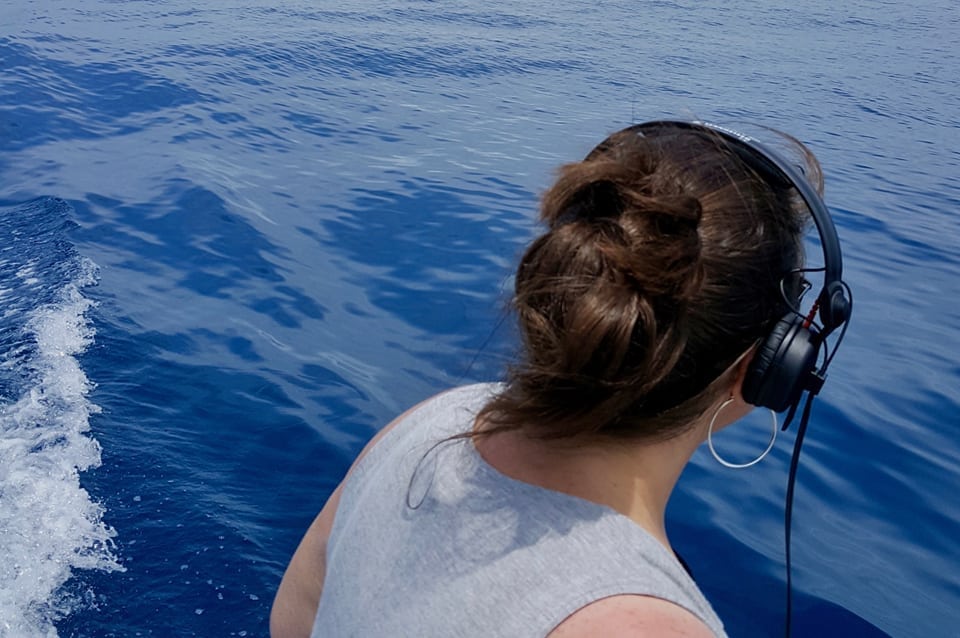Leah Barclay
Migration Patterns: From Freshwater to Saltwater
About
Aquatic ecosystems are complex acoustic environments, where species are reliant on sound to communicate and survive. Sound propagates underwater at different speeds, affected by temperature, pressure and salinity. The impacts of climate change are often visible in terrestrial environments, yet dramatic changes in aquatic ecosystems go unnoticed simply due to visibility. Increased anthropogenic noise and rising temperatures cause ecological disruptions that are dramatically transforming the acoustic ecologies of our oceans, rivers and wetlands.
This artwork is an immersive soundscape exploring the fragility and complexity of life in a world of sound and vibration. Drawing on a large database of hydrophone recordings from the Queensland coastline, this work traces sonic migration patterns and shifting ecologies from the smallest micro crustaceans to the largest marine mammals on the planet. The recordings focus around the Great Barrier Reef and K’Gari (Fraser Island), a major transitory point for humpbacks. The whale song adapts in response to changing environments and the recordings contribute to ongoing scientific research on the value of aquatic acoustic ecology in climate action.
This sound work immerses listeners in the depths of aquatic ecosystems and transposes infrasonic and ultrasonic recordings into perceptible ranges for humans.
The artist acknowledges the support from: The Griffith Climate Change Response Program and Queensland Conservatorium Research Centre at Griffith University.
The Artist
Leah Barclay
Leah Barclay is an Australian sound artist, composer and researcher working at the intersection of art, science and technology.

